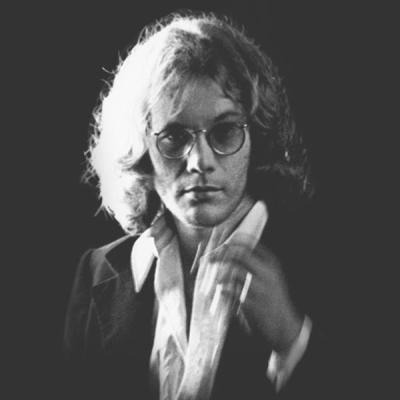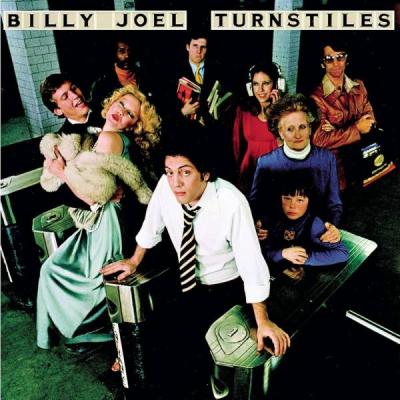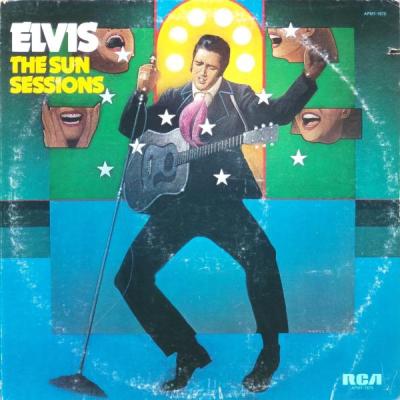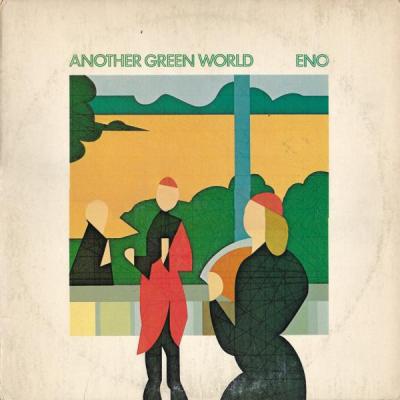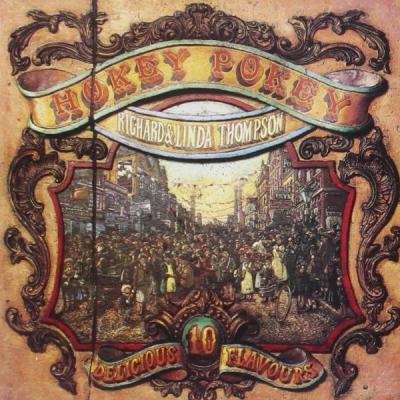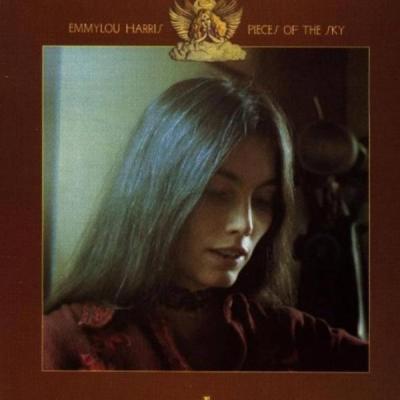


John Coltrane: Blue Train
Album #18 - January 1958
Episode date - September 20, 2023
Unless you were born in New Orleans, young people probably associate jazz with maturity, by which I mean ‘old people’.
Ever since the British Invasion (or perhaps even earlier), American youth relied on pop trends for their music source and as we all grew older together, jazz music took on an aura of mystery. It was something we figured we’d get around to as we grew up and our tastes matured, but for most of us it didn’t work out that way, and we all aged while still listening to the music we loved when we were young.
Listening to “Blue Train”, it’s likely that today’s audience would assume that the players were too old for the rock and roll crowd, but that would be a serious misperception. When “Blue Train” was recorded, John Coltrane was thirty, which is old by rock and roll standards, but trumpeter Lee Morgan was only nineteen! Trombonist Curtis Fuller was twenty-five and Pianist Kenny Drew was twenty-nine. Bassist Paul Chambers was only twenty-two and drummer Philly Joe Jones was the ‘old man’ at thirty-four. One player was just old enough to be finishing college and another was just barely out of high school!
When “Blue Train” was released, jazz and rock and roll were strange bedfellows, sharing a market with virtually no overlap whatsoever. Both were breaking new ground, but in entirely different directions. Rock and roll was perceived as ‘new’, but the styles that provided its basis were as old as America itself. Jazz, meanwhile, was relatively new, and continually reinventing itself since the twenties. History tells us that in the late fifties, rock and roll led a new cutting edge, but it was jazz that treaded on thoroughly new ground, and few performers were cutting more edges than John Coltrane. Up to this point, he worked mostly as a session man for other innovators like Miles Davis and Thelonious Monk, but “Blue Train” was a personal statement. It may not be as innovative as subsequent albums like “Giant Steps” or “A Love Supreme”, but it lays the groundwork for what followed.
Coltrane wrote all the songs here except one, and the exception is a Johnny Mercer/Jerome Kern song called “I’m Old Fashioned”, a highlight that provides a rich pallet for emotional expression. A telling sign of Coltrane’s talent as a bandleader is his selection of sympathetic sidemen. Choosing a six-piece band with three horn players gives these recordings an extra heft, allowing the non-soloists to play harmony lines underneath the solos. Fuller’s trombone puts emphasis on the melodic content, while Morgan’s trumpet solos rival Coltrane for acrobatic feats. Both play with a frenzy that can make your head spin, and yet “Blue Train” never flies off the rails. Arrangements remain tempered throughout, but you can plainly hear why critic Ira Gitler would refer to Coltrane’s barrage of notes as ‘sheets of sound’. The net result is a true classic album of pure jazz that manages to sound both relaxed and intense, innovative, and yet comfortable.
Featured Tracks Include:
Blue Train
Moment's Notice
Locomotion
I'm Old Fashioned
Lazy Bird
January 1958 – Billboard Did Not Chart
Related Shows
- 1 of 19
- ››


